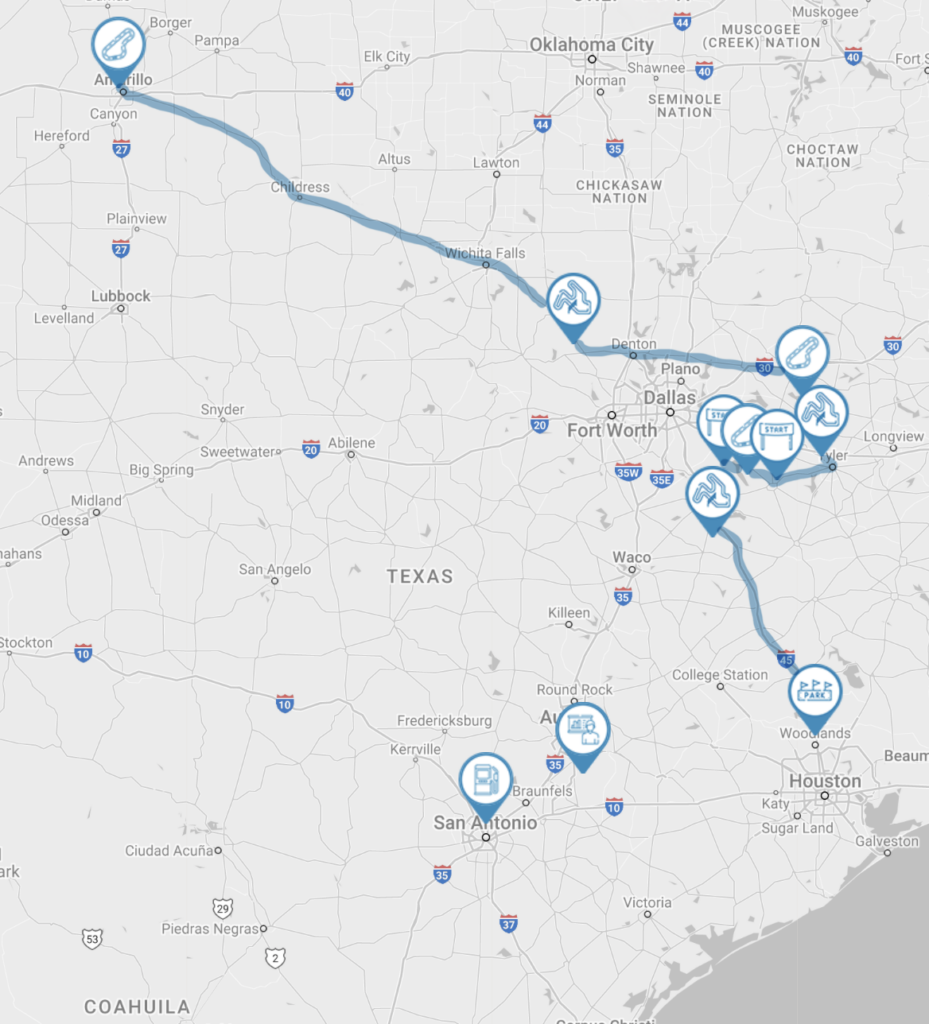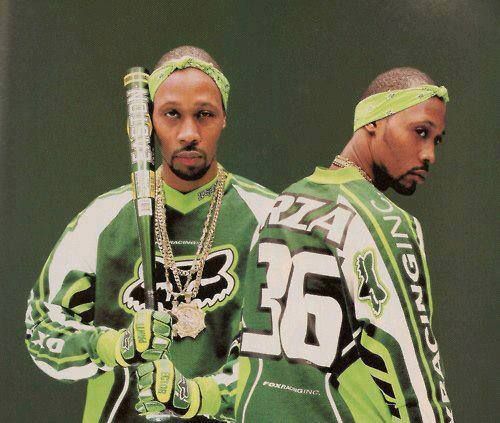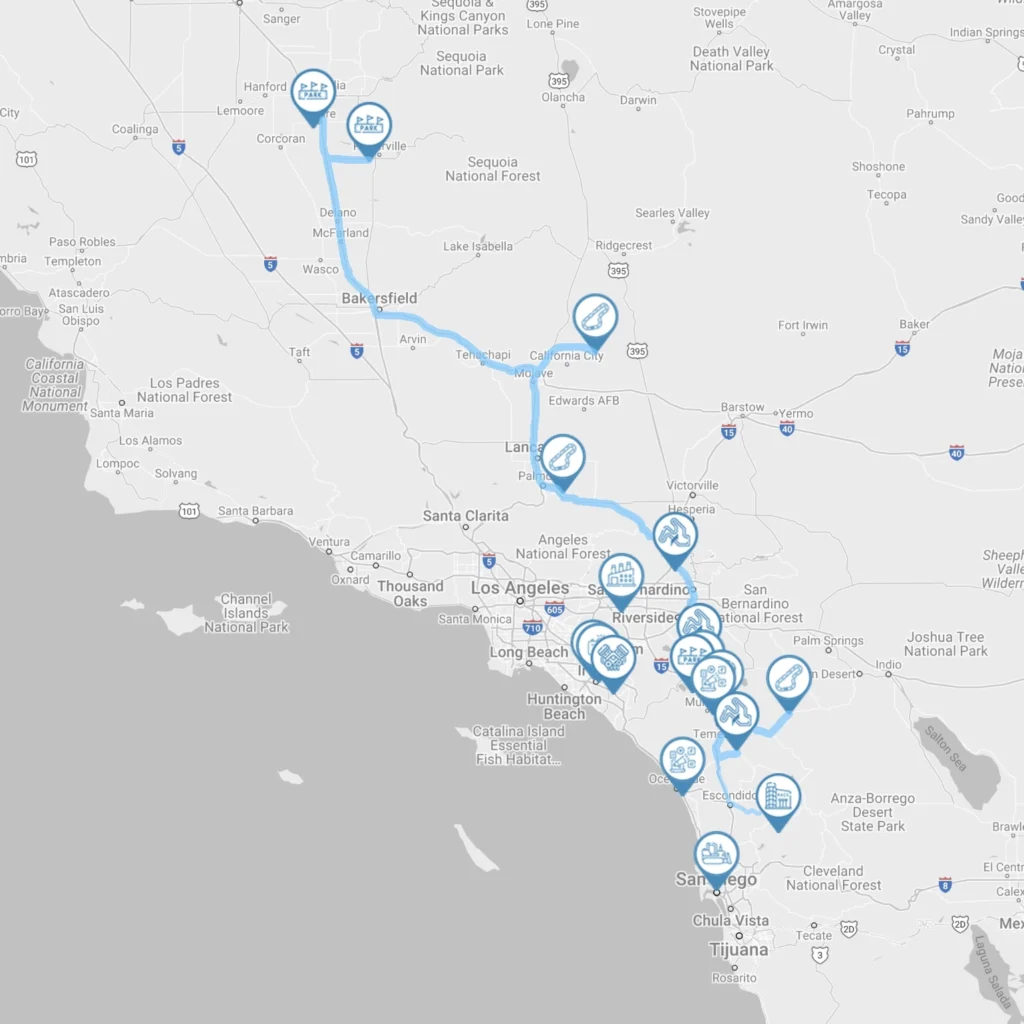Best Motocross Tracks in Texas
A 9-Day Itinerary for the Ultimate Thrill
Motocross enthusiasts, it’s time to embark on a legendary 9-day journey through the heart of Texas, where action-packed tracks and scenic beauty await. Gear up for the adventure of a lifetime, blending thrilling motocross rides with must-see attractions, iconic dining spots, and cozy overnight stays. Here’s your detailed itinerary:
Day 1: Amarillo, TX - Bowers MX
Kick off your Texas motocross adventure at Bowers MX, a vast 60-acre facility designed to challenge riders of all skill levels. With tracks maintained by Schaefer Tracks, you’re promised a top-notch riding experience.
- Location: 3700 W Hastings Ave, Amarillo, TX 79124
- Scenic Stop: Palo Duro Canyon State Park for breathtaking views and hiking trails.
- Eats: The Big Texan Steak Ranch – famous for its 72oz steak challenge.
- Sleep: Embassy Suites by Hilton Amarillo Downtown – the perfect place to unwind after a day of riding.
Day 2: Alvord, TX - Oak Hill Raceway
Next, travel southeast to Alvord for a day at Oak Hill Raceway. Known for its well-maintained tracks, this premier facility hosts several major motocross events.
- Location: 1636 Co Rd 1270, Alvord, TX 76225
- Scenic Stop: LBJ National Grasslands – ideal for a serene break amidst nature.
- Eats: Sweetie Pie’s Ribeyes, Decatur.
- Sleep: Hampton Inn & Suites Decatur – offering modern amenities for a restful night.
Day 3: Yantis, TX - Johnsonville Mx Farm
Venture eastward to Johnsonville Mx Farm, an outdoor-style track located near the beautiful Lake Fork. Perfect for those who love to ride amidst lush landscapes.
- Location: 543 Co Rd 1900, Yantis, TX 75497
- Scenic Stop: Lake Fork – renowned for its excellent fishing spots and picturesque views.
- Eats: Verona Italian Cafe – savor delightful lakefront dining.
- Sleep: Best Western Plus Emory at Lake Fork Inn and Suites.
Day 4: Tyler, TX - Swan MX Raceway Park
Head southeast to Swan MX Raceway Park in Tyler, the oldest continuously running racetrack in Texas, offering a mix of organized practice, membership rides, and exciting race events.
- Location: 12068 County Rd 433, Tyler, TX 75704
- Scenic Stop: Tyler State Park – a beautiful spot for hiking, fishing, and nature walks.
- Eats: Stanley's Famous Pit BBQ – indulge in some of the best barbecue in Texas.
- Sleep: Kiepersol Bed & Breakfast – a luxurious retreat set in a vineyard.
Day 5: Athens, TX - Athens Motocross Park
Experience the diverse tracks at Athens Motocross Park, from sand turn tracks to a national style track offering the best dirt riding in Texas.
- Location: 3900 Co Rd 3711, Athens, TX 75752
- Scenic Stop: Texas Freshwater Fisheries Center – explore aquatic exhibits and fishing.
- Eats: Athens Boathouse – Traditional Mississippi delta cuisine.
- Sleep: Holiday Inn Express Hotel & Suites.
Day 6: Eustace, TX - Madden MX Playground
Next up, Madden MX Playground in Eustace, the world's first fully turfed facility. This veteran-owned park offers a unique and exciting riding experience.
- Location: 17940 County Road 2529, Eustace, TX 75124
- Scenic Stop: Cedar Creek Lake for water activities and picnic spots.
- Eats: Moore’s Store, Ben Wheeler – enjoy local favorites in a cozy setting.
- Sleep: Tara Vineyard and Winery – indulge in a luxurious countryside stay.
Day 7: Kemp, TX - Underground MX
Conclude your thrilling journey at Underground MX in Kemp, a rider’s paradise featuring multiple tracks and excellent facilities.
- Location: 7353 FM3396, Kemp, TX 75143
- Scenic Stop: Purtis Creek State Park – perfect for a relaxing afternoon after riding.
- Eats: Twisted Root Burger Co., Athens – famous for its gourmet burgers.
- Sleep: Holiday Inn Express Hotel & Suites.
Day 8: Wortham, TX - Freestone County Raceway
Head south to Wortham for your ride at the prestigious Freestone County Raceway. This track has hosted several significant events and offers excellent night racing facilities.
- Location: 470 Co Rd 995, Wortham, TX 76693
- Scenic Stop: Fort Parker State Park – enjoy the tranquility and historical significance.
- Eats: Farm House – a local favorite known for its homestyle cooking.
- Sleep: Comfort Inn & Suites, Mexia – a convenient and cozy option.
Day 9: Conroe, TX - Three Palms Action Sports Park
Move towards the deep south to Conroe and explore the extensive facilities at Three Palms Action Sports Park, including multiple motocross tracks and a water cable park.
- Location: 15100 Interstate 45 S, Conroe, TX 77384
- Scenic Stop: Sam Houston National Forest – great for nature trails and bird watching.
- Eats: The Red Brick Tavern – known for its fantastic burgers and live music.
- Sleep: Fairfield Inn & Suites Houston The Woodlands.
Ready to hit the trails and explore the Lone Star State in the most exhilarating way possible? Pack your riding gear, embrace your adventurous spirit, and get ready for unparalleled experiences on Texas' best motocross tracks. From the heart-pounding rides to the unforgettable scenic stops, this itinerary promises a journey like no other. Safe travels, and may your days be filled with thrilling races and lasting memories!




